"PAYTCH" -- we've made it to southwest Hungary - Rick Steves says come here, so we did. The city is known for being a cross-roads of cultures, with it's proximity to Croatia, Serbia, and historical Ottoman invasions.
Looks like it's gonna be a hot one today - a beagle is lounging in the water feature to cool off, and it's only 1030.
Looks like it's gonna be a hot one today - a beagle is lounging in the water feature to cool off, and it's only 1030.
Making our way to the walking tour start, it's city hall.
We've found the right fountain for the tour start, with its signature metallized ceramic decorations. We discover many modern street sculptures along the streets.
On the large square, the core of the city, with a monument to plaque survival, a former Ottoman mosque now Christian, and a stature of the man who championed victory over the Turks (Ottomans).
A lively city in the heat of July.
The city is really a showpiece of distinctive architecture.
Now back to the Ottoman Muslim mosque, built with stones from a destroyed Christian church after the Ottomans conquered the city, but then were repelled and then the mosque was converted to a Christian church.
Alongside the mosque-looking church, a fire hydrant hangs out in a patch of lavender.
"Love locks" overwhelming a wrought iron fence - the fence seems to have been originally smaller, guarding a small practical water fountain, but was expanded to encourage these hundreds of padlocks finding their way here.
To an art museum!
Tivadar Csontváry Kosztka (1853–1919) was a Hungarian painter who was part of the avant-garde movement of the early twentieth century. Working mostly in Budapest, he was one of the first Hungarian painters to become known in Europe. His works are held by the Hungarian National Gallery in Budapest and the Csontváry Museum in Pécs, and several other institutions and private collectors.
Tivadar Csontváry Kosztka (1853–1919) was a Hungarian painter who was part of the avant-garde movement of the early twentieth century. Working mostly in Budapest, he was one of the first Hungarian painters to become known in Europe. His works are held by the Hungarian National Gallery in Budapest and the Csontváry Museum in Pécs, and several other institutions and private collectors.
Here's Rick Steves' favorite in this museum - he likes the static parts mixing with the motion parts.
The artist traveled about Europe painting his subjects, in this case the mountains of the High Tantras, which we also visited, in Slavakia.
Here's a very large oil painting, imagine how many trips to the art supply store this required.
And the temple of Zeus in Athens, which we also saw back in May earlier in this trip.
Rick Steves': "Solitary Cedar: a tree boldly independent, while yearning for companionship"
The Saints Peter and Paul's Cathedral Basilica, also called Pécs Cathedral from the 11th century, renovated in the 19th century, but with Roman 4th century foundations, and replacing other church structures of the 8th/9th century.
19th century renovations brought a lot of interior gold gilding and extensive wall paint.
Many times these big churches are free to enter, but admission here was $4 US, and included the climb up one of the towers. The wood seemed really old, but it did not creak, and we made it up and down without incident.
A visit to the crypt.
Painted walls - there is hardly a surface that isn't highly decorated.
Gerri is dwarfed in this shot of the church at one end.
The twelve apostles perched along the roof line, ok, one escaped out of frame to the left, oops.
Ah, here he is, exercising in the park.....not really.
To an art museum!
Victor Vasarely (1906 – 1997), was a Hungarian-French artist, who is widely accepted as a "grandfather" and leader of the Op art movement, a style of visual art that uses optical illusions.
Op art works are abstract, with many better known pieces created in black and white. Typically, they give the viewer the impression of movement, hidden images, flashing and vibrating patterns, or of swelling or warping.
Vasarely's work entitled Zebra, created in 1937, is considered by some to be one of the earliest examples of Op art.
Victor Vasarely (1906 – 1997), was a Hungarian-French artist, who is widely accepted as a "grandfather" and leader of the Op art movement, a style of visual art that uses optical illusions.
Op art works are abstract, with many better known pieces created in black and white. Typically, they give the viewer the impression of movement, hidden images, flashing and vibrating patterns, or of swelling or warping.
Vasarely's work entitled Zebra, created in 1937, is considered by some to be one of the earliest examples of Op art.
Pécs' Jewish Synagogue - largely unused now with the depleted Jewish population, but maintained as a museum. Services are mostly held in an adjacent smaller synagogue.
Whew! It's now 100 deg F (29% humidity), we're drinking a lot of water in these Phoenix/Palm Springs-like conditions.
After some good vittles from the urban mall, hidden within and below the old buildings, and some adult beverages, we're heading "home", time to try to get the blog a bit caught up, and do a second night of laundry.

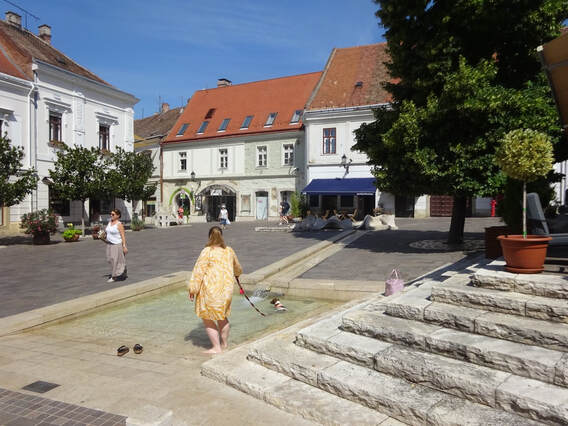






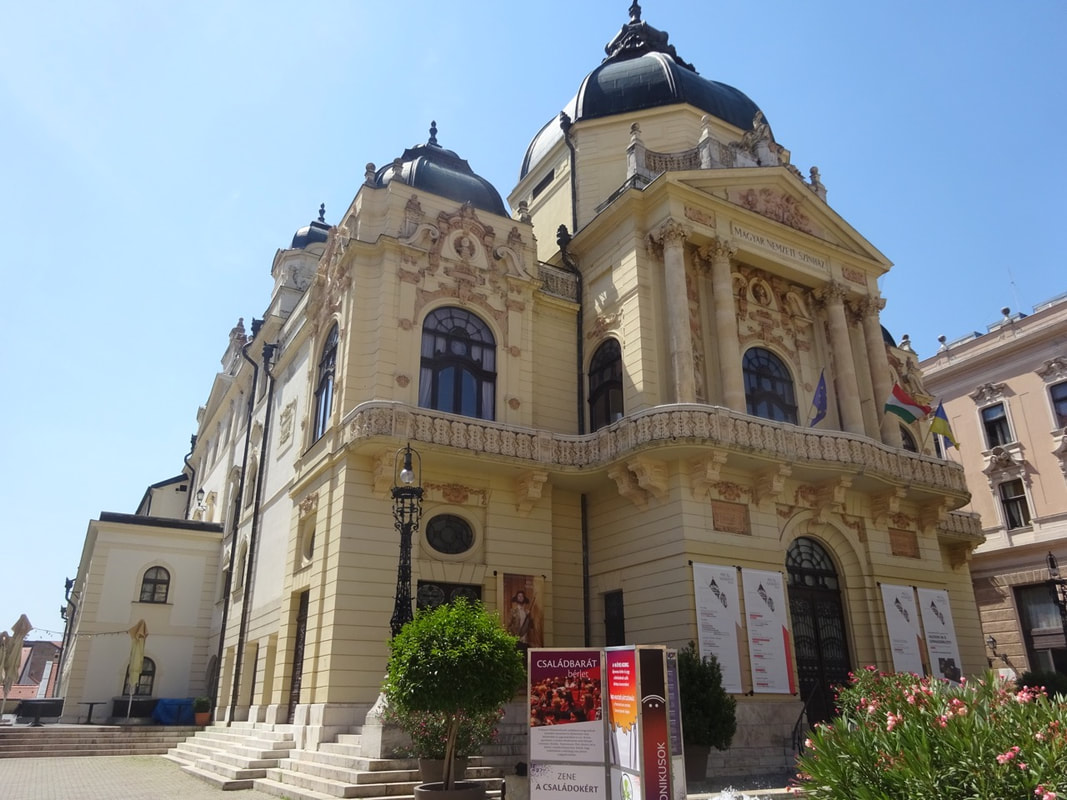








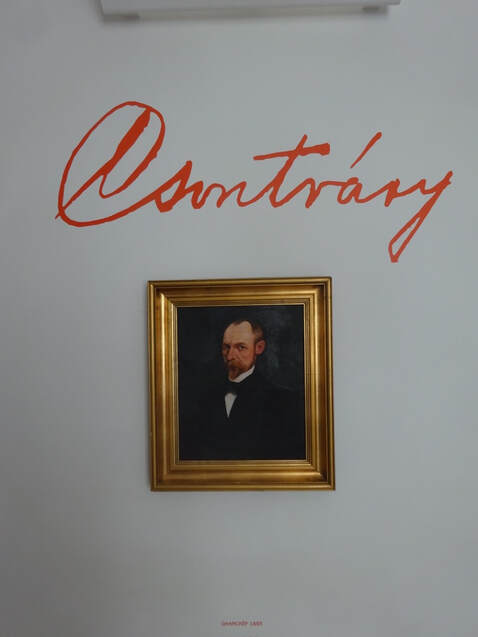










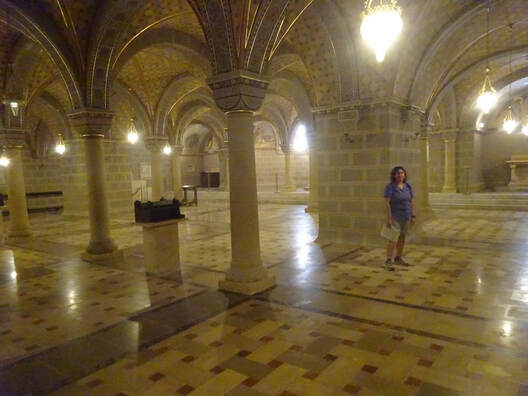




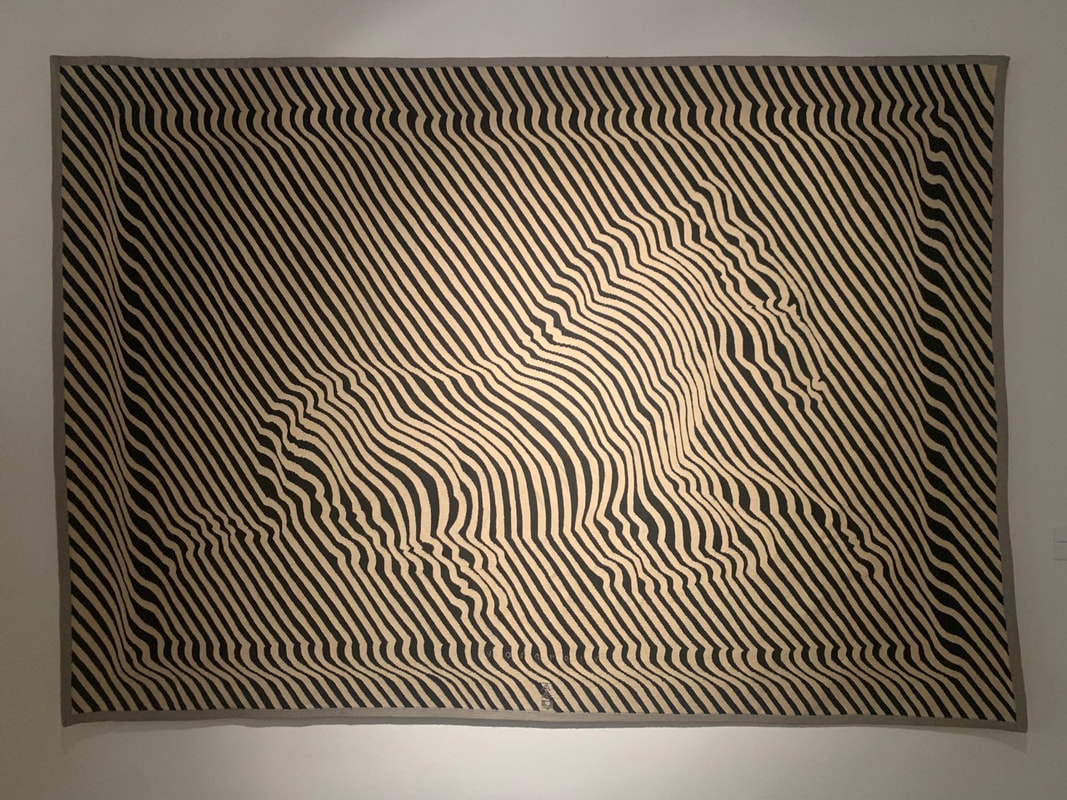













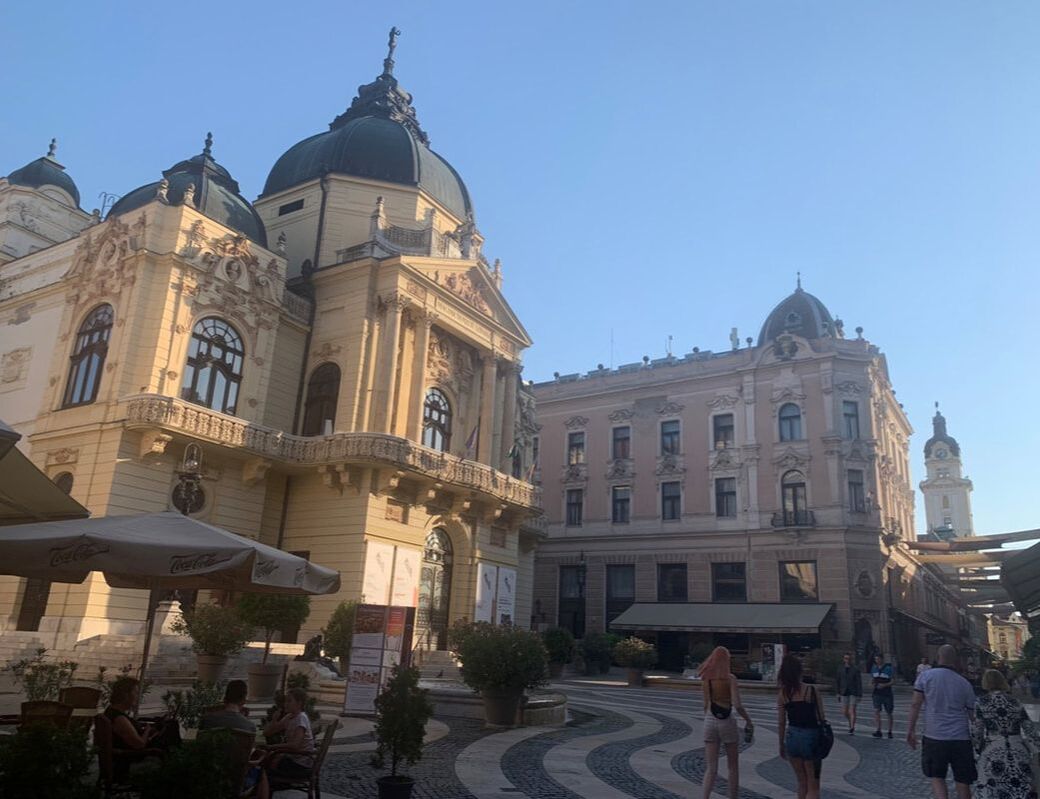
 RSS Feed
RSS Feed
